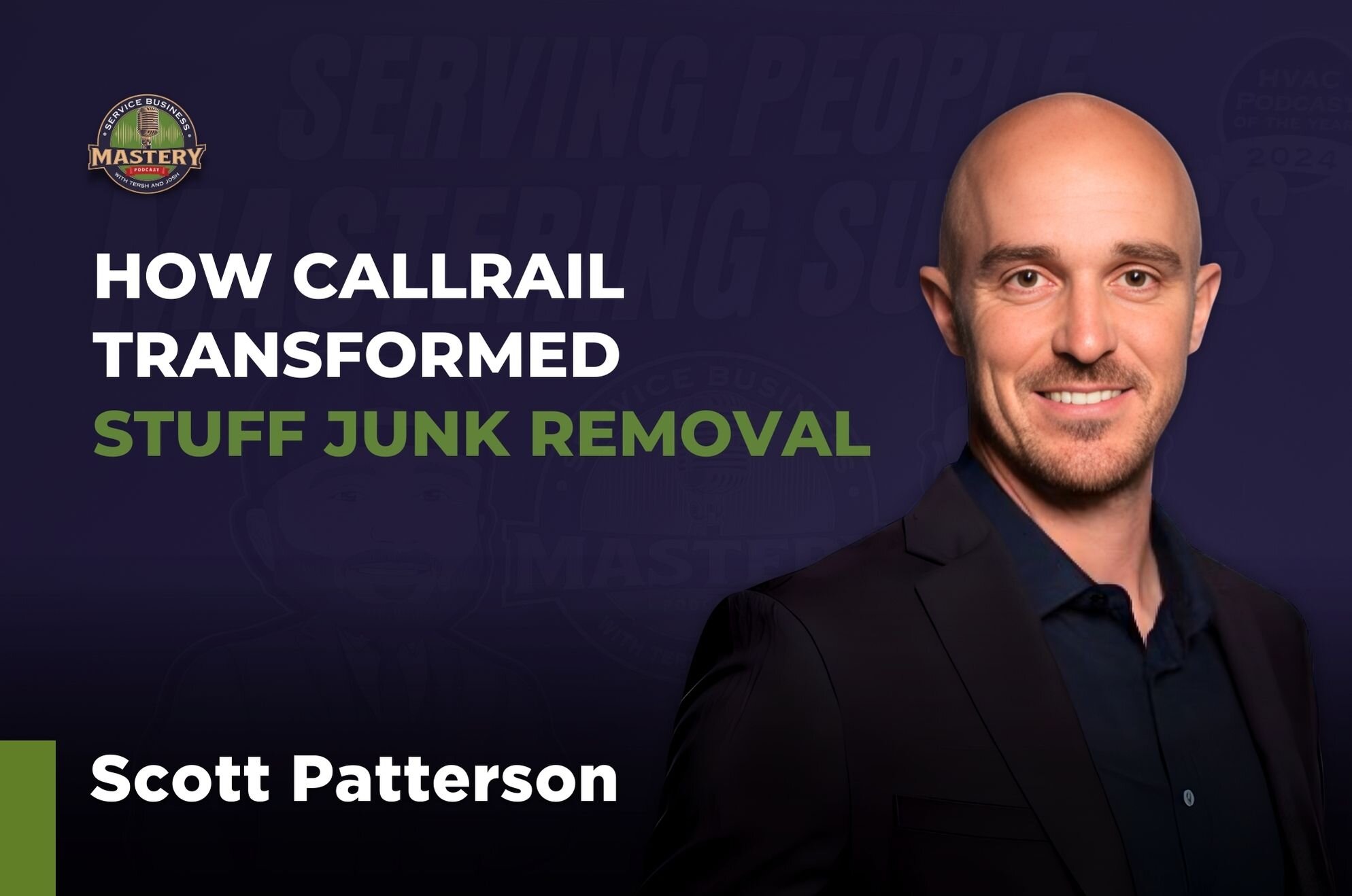As an SMB leader, it’s important to engage with the local media to promote the products and services you’ve created. Telling your story to the local press may not be at the top of your to-do list. However, if you’re able to generate authentic coverage of your small business, it can make a positive difference to your bottom line for weeks, months and years to come.
In good times and bad, community members feel connected to local businesses, and they will go out of their way to support businesses that are open to talking about their journeys, successes and struggles. So, where do you start?
It begins with identifying local press leaders and having an interesting story to tell. By building a solid foundation of public relations basics, you can improve your chances of spreading the good news about your business’s local impact.
Start with the basics
Local news keeps us updated about what’s going on in our communities. But not all news pages are created equal. There is a difference between health or crime-related breaking news and the business feature pages where you are trying to gain recognition. Knowing the difference — and knowing the reporters behind the stories — will help you identify the most receptive outlets.
First, choose the top five local news sites or stations that you would like to see tell your story. Then, make sure all five of these media outlets regularly write about topics related to the focus area of your business. If there is a local magazine that strictly writes about local retail shops and you own a small dental practice, this isn’t the media outlet you should target— publications typically aren’t interested in speaking with businesses that their audiences aren’t interested in.
Not only is it important to learn about each media outlet in your community, but it’s crucial to identify the journalists that would make the most sense to cover your business. Most media outlets include journalist bios on their websites. In their bios, you’ll find each reporter’s beat, meaning the main topic they cover. This can be more general, such as “business” or “tech.” However, it can also be more granular, like “small businesses” or “retail.” These nuances are important to note and a crucial first step in knowing who to contact.
Engage with journalists authentically
Now that you’ve identified the go-to journalists who are important to reach, you’ll need to develop a relationship and engage with them authentically on a regular basis. Close connections with targeted reporters improves the odds of landing the local feature story you’re chasing.
Follow these journalists on all social media platforms, and share work from the journalist that will also resonate with your readers. Journalists are often measured by the readership and clicks their coverage garners, so they appreciate when others help them reach their goals. Don’t just like and retweet their stories, but reach out to them directly when you really enjoyed one of their articles. Be specific about what you liked and how it relates to your life. This strengthens your connection and helps you build a relationship with this person moving forward.
It also creates a communication channel you can count on to quickly reach this person. If you’re unable to find an email or phone number to pitch them your story and you’ve already established a connection on social media, you can pitch them via Twitter or LinkedIn.
Increase brand awareness and reported reach with social media
Engaging with journalists authentically is important, but it’s only one piece of the story. For your business to gain increased brand awareness and thrive, think of other channels that will help your audience learn more about your business.
A social media strategy is helpful because it will not only increase brand awareness, but also help you reach new audiences. By creating a cohesive plan across Twitter, Facebook, LinkedIn and Instagram, your customers will know how to reach you based on their needs. But remember: Your audience on LinkedIn will be different from your audience on Twitter. In the same way you identified reporter beats, think of each social media audience as having a different beat as well.
By developing and executing social campaigns around the holidays, during special events and community happenings, you’ll expose your brand to different audiences by leveraging user-generated content. Consumers are twice as likely to share user-generated content with family and friends, increasing your volume of social media mentions.
Additionally, reporters use social media as a story-finding mechanism. For example, let's say you pitch a reporter on an event you're having. They can't attend, but you decide to livestream the entire thing, take photos and encourage people to use a hashtag. By showing how popular the event was, the reporter might change their mind and write a recap story after all.
Your small business public relations plan should focus on your customers
Everyone wants a prominent feature that goes viral in the community, but it’s important to carefully determine what your story actually is. Look to your customers. Journalists are always eager to feature small business contributions to the community during difficult or unexpected challenges, and proudly sharing how you have supported customers in difficult times is a great way to grab the spotlight in local media.
It’s also important to think about why your story matters to journalists. Imagine you want a local feature on your business to describe why seniors will get the best possible care at your family-owned nursing home. Journalists will look for examples and proof points to support your story. What advancements has the facility made to keep residents safe? What traditions at the facility help keep spirits high? Those are the kinds of things the media wants to know.
Other local marketing ideas to increase community exposure
Aside from gaining media coverage, consider other marketing tactics to help increase exposure within the community. These tactics can include hosting free community events at your business, co-sponsoring a webinar or even hosting a Twitter chat. Owning a business that’s well-known in the community will only increase the likelihood that a journalist will write a story about your business.
By building relationships first, focusing on engagement and leveraging customer stories, it’s entirely possible to secure a positive feature story in local news outlets. Authenticity is key, so keep reminding yourself why you started your business in the first place — share that story and tips for others, and media coverage will follow.











